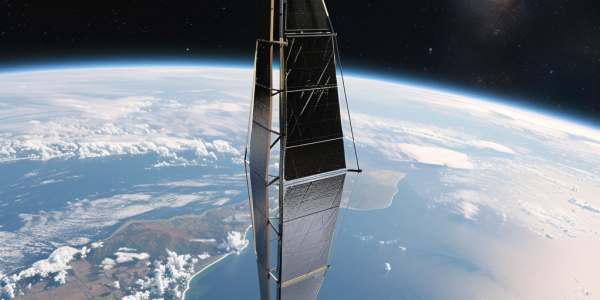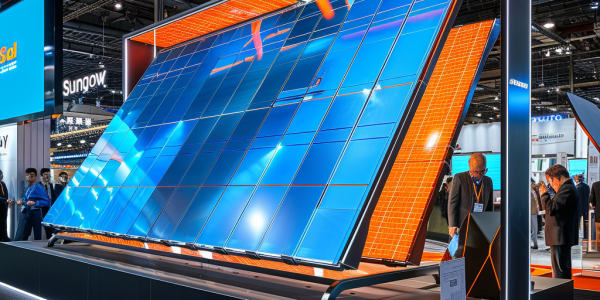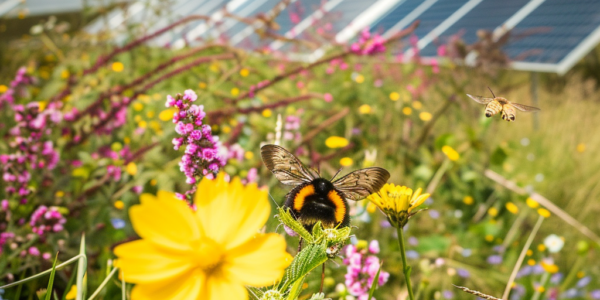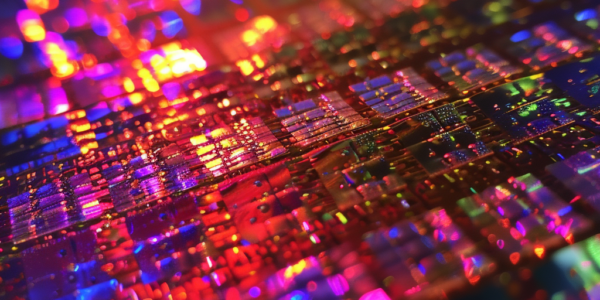NASA Launches Solar Sail Test to Revolutionize Space Travel
NASA’s latest test of solar sail propulsion technology, the Advanced Composite Solar Sail System (ACS3), aims to revolutionize space travel. With a reflective polymer sail and carbon fiber composite boom, the ACS3 addresses previous issues with metal booms warping in space. Solar sail-powered spacecraft offer advantages like indefinite travel and remarkable speeds, though challenges like reduced effectiveness at greater distances from the sun exist. Despite drawbacks, the potential for cost-effective planetary missions using solar sails is promising, with projects like the Berkeley Low-cost Interplanetary Solar Sail (BLISS) envisioning fleets of solar sail-powered probes exploring near-Earth asteroids and comets.
Sungrow Unveils Latest Solar-Plus-Storage Solutions at Green Energy Expo 2024
Sungrow showcases its latest solar-plus-storage solutions at the Green Energy Expo 2024, supporting South Korea’s shift towards sustainable energy sources. With ambitious targets set by the South Korean government to reduce greenhouse gas emissions and achieve carbon neutrality, Sungrow’s innovative products are gaining significant interest. The company’s commitment to developing solar-plus-storage systems aligns with the country’s renewable energy goals, emphasizing the need for advanced technologies in the sector.
Study Reveals Dominant Factor in the Degradation of Perovskite Solar Cells
Recent study reveals that mobile ion-induced internal field screening is the primary contributor to the degradation of perovskite solar cells (PSCs). Efforts to improve stability include compositional and device engineering, crucial for widespread adoption and long-term viability in real-world applications.
Solar Farms Providing Unexpected Benefits for Insects and Biodiversity in the UK
Discover how solar farms in the British landscape are benefiting pollinating insects and helping tackle climate change and loss of biodiversity. Despite controversy over potential food production loss and impact on countryside character, solar parks are proving to be beneficial for bees, butterflies, moths, and hoverflies, providing an oasis of food and nectar unobtainable elsewhere.
South Korean Scientists Make Breakthrough in Semi-Transparent Perovskite Solar Cells
South Korean scientists have achieved a major breakthrough in semi-transparent perovskite solar cell technology, reaching a record efficiency of over 21 percent. The cells also maintained over 99 percent of their initial efficiency for up to 240 hours of operation. This advancement brings us closer to the possibility of windows that can generate energy, marking a significant step in the transition towards a more sustainable and energy-efficient future.
Major Breakthrough in Solar Technology Achieved by Researchers at Chalmers University of Technology
Researchers at Chalmers University of Technology in Gothenberg, Sweden, have developed a revolutionary system that can capture and store solar energy for up to 18 years, allowing it to be converted into electricity on demand. This breakthrough has the potential to greatly expand the use of solar energy, offering a closed, circular system for generating electricity without contributing to carbon dioxide pollution. The implications of this innovation are significant, as it could eventually replace electric car batteries and solar cells, revolutionizing the way we harness and utilize solar energy.
Quantum Dot Solar Cells Achieve Record-Breaking Efficiency of 18.1%
Quantum dot solar cells have achieved a groundbreaking efficiency record, marking a significant milestone in the development of this promising solar technology. Engineers at UNIST in South Korea have successfully created quantum dot solar cells with a world record efficiency…







